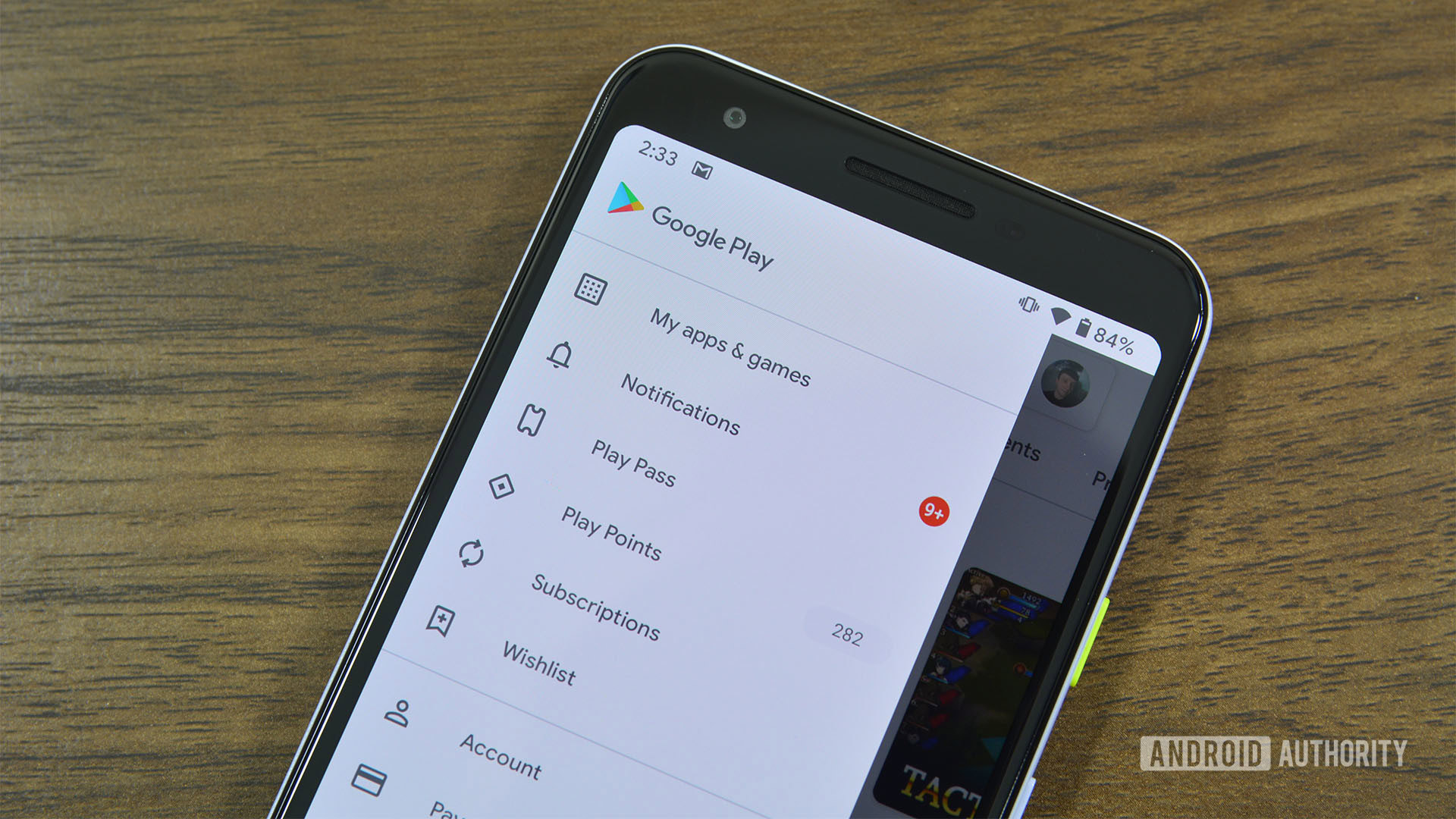
- #TOP ANDROID WEB SERVER HOW TO#
- #TOP ANDROID WEB SERVER SERIAL#
- #TOP ANDROID WEB SERVER CODE#
- #TOP ANDROID WEB SERVER TV#
#TOP ANDROID WEB SERVER TV#
Obviously my Samsung TV uses the protocol and chip from Samsung, and my Set-top box turn out to be using NEC format.
#TOP ANDROID WEB SERVER CODE#
The sketch print out the IR code for each key in hexdecimal as well as the protocol used by the different vendor of the IR chip.
#TOP ANDROID WEB SERVER SERIAL#
When this sketch is run in ESP32, we can monitor the data on the serial terminal for each key pressed on a remote. Irrecv.resume() // Receive the next value The following sketch is used to decode the data from each key of a TV remote.Ĭase SONY: Serial.println("SONY") break Ĭase DISH: Serial.println("DISH") break Ĭase SHARP: Serial.println("SHARP") break Ĭase SANYO: Serial.println("SANYO") break Ĭase MITSUBISHI: Serial.println("MISUBISHI") break Ĭase SAMSUNG: Serial.println("SAMSUNG") break Ĭase WHYNTER: Serial.println("WHYNTER") break Ĭase AIWA_RC_T501: Serial.println("AIWARC_T501") break Ĭase PANASONIC: Serial.println("PNASONIC") break Ĭase DENON: Serial.println("DENON") break Ĭase UNKNOWN: Serial.println("UNKNOWN") break The IR receiver that I have matched the PNA4602 pinout shown below. ESP32 pin map for Arduino core can be find at Arduino core for the ESP32 github page. Decoding IR codes of TV/Set-top box remotesĪn IR receiver usually has three pinouts as shown in the picture, I connect the Vout to ESP32 GPIO15, Vcc to ESP32 3.3v, and GND to ESP32 GND. An IR receiver usually consists of a photo detector and signal demodulator in a single package and the output can be directly used by a microcontroller. The IR receiver is not used in this project but will be needed temporarily for decoding the IR codes of existing TV and Set-top box remote. The infra red code representing each button (such as TV on/off, mute, volume up and down, etc.) is typically modulated using pulse width modulation with a carrier frequency (typically 36, 38, or 40KHz depend on different protocols) before sending through the infra rad transmitter. The IR transmitter is typical a infra red diode capable of emitting a beam of light, typically at 940nm (840nm also available) wavelenth. The IR transmitter will be used by the ESP32 to send the signal to control the TV/Set-top box. IR diode and receiver from an old set-top box I get a pair of IR transmitter and receiver (plus a few useful components) from an old Set-top box and remote that was retired from analog TV era a few years ago.
#TOP ANDROID WEB SERVER HOW TO#
Robin Reiter on getting started with PlatformIO and how to using external libraries on PlatformIO for setting up PlatformIO IDE. I used PlatformIO as IDE for ESP32 programming, There are two good YouTube videos by


:max_bytes(150000):strip_icc()/001_list-of-mobile-web-browsers-3486250-bafbb8e18c6b4e9bacb7f90417251229.jpg)
System diagram of ESP32 Web Server/IR Remote Although it has nothing to do with the remote control functionality or infra red communication, but I do it just because I want to use the spare SHT21 sensor, and the ability to know my room temperature and humidity when I using the remote is kind of cool. As I also have a SHT21 temperature/humidity sensor breakout board, I decided to add it to the ESP32, so that when I access the web page, it also display the current temperature and humidity information. Here is the idea, I want to replace my TV and Set-top box remote controls with my own controller made of an ESP32, which will have an IR transmitter that communicating with the TV (and Set-top box which currently has a separate IR remote), the ESP32 also running as a web server so that a web page can be accessed via an iPhone to control the TV/Set-top box from the on-screen virtual keypads. My TV remote control is corroded by leaking battery and no longer working reliably, so I decided to build my own TV remote control with an ESP32 that running as a web server and IR remote control so that I can uses my iPhone to interactive with it via web browser.


 0 kommentar(er)
0 kommentar(er)
